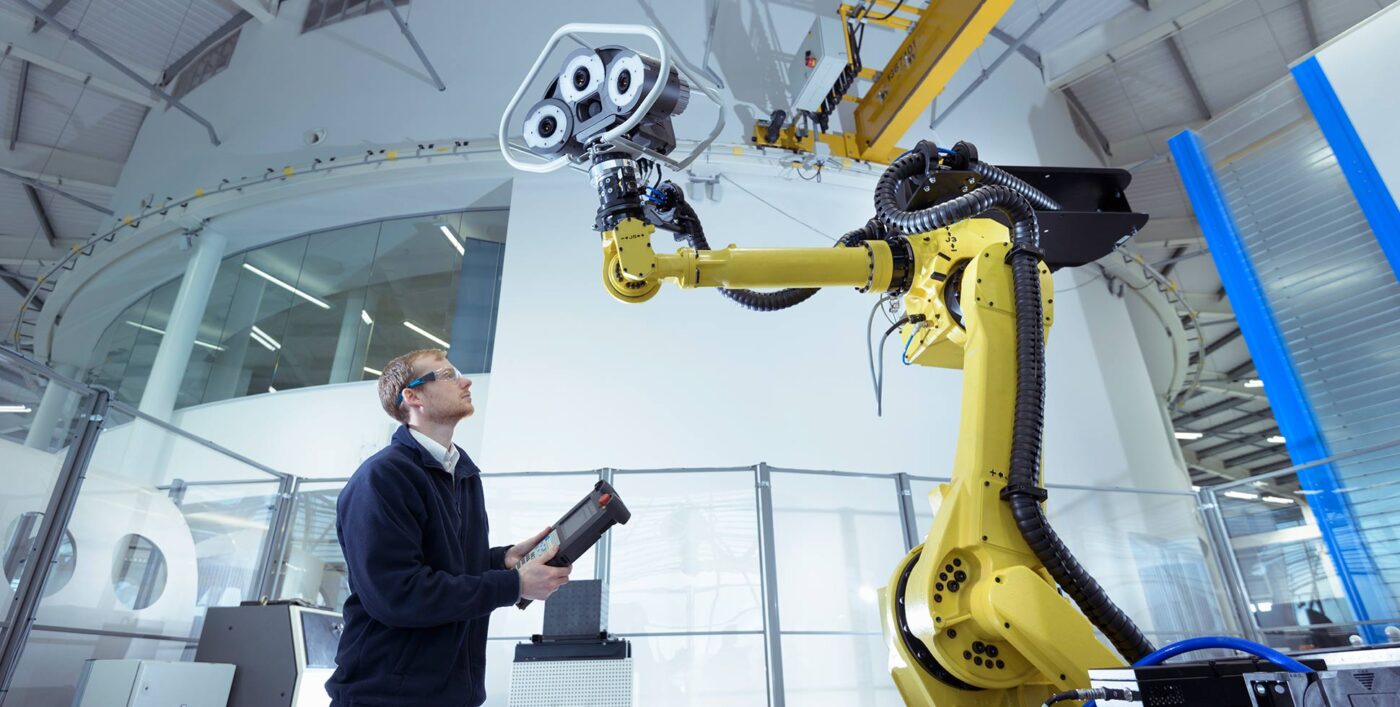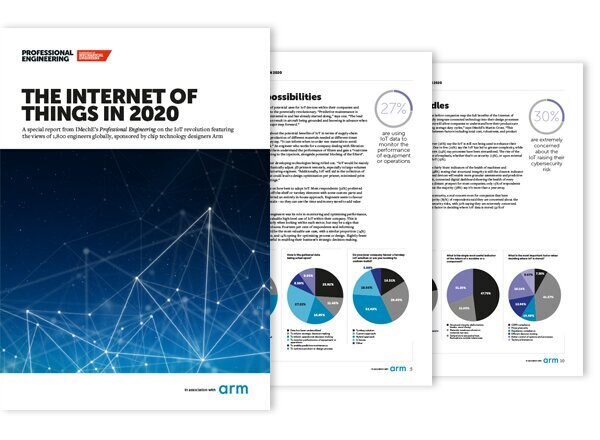Mechanical Engineers Anticipate Major Benefits from IoT

What do the world’s mechanical engineers think about the Internet of Things (IoT)? How is it enhancing their abilities now, and what might it do for them in the future?
To find out, we partnered with the Institute of Mechanical Engineers (IMechE) in a survey of over 1,800 mechanical engineers across the world. The results, published as I write, show that the IoT is having a significant, positive impact on the working lives of engineers, with investment set to accelerate.
Stepping back for a moment, one of the last cost-saving frontiers in manufacturing is maintenance. Consider the challenges: An in-field device fails. Today, thanks to the connectivity of systems to various wireless networks and data analytics, maintenance managers can be alerted to any device abnormality. But from there, the process to fix or replace the device is manual, with service technicians sent to remote locations to replace and repair.
It’s estimated that maintenance accounts for 15-40 percent of total manufacturing costs. Not only does poorly maintained equipment lead to a greater likelihood of failures, but it can also reduce utilization rates, delay production schedules, and, in safety-critical situations, imperil lives.
Fortunately, more companies are realizing that embracing the IoT is key to their companies’ digital transformation. Companies are leveraging IoT to glean insights from new data sources to transform their businesses and their customers’ experiences. One strong undercurrent of this trend is that they’re keen to use that data to optimize manufacturing, with operational efficiencies through predictive maintenance but also through future-proofing with software update capabilities.
Mechanical engineers rapidly embracing IoT technologies
 | The Arm and IMechE Internet of Things in 2020 report covers:
|
The Internet of Things in 2020 report, led by the IMechE and sponsored by Arm, reveals just how rapidly companies are embracing IoT technologies and what their initial objectives are as part of their ongoing IoT journeys.
The 1,800 mechanical engineers surveyed as part of the study found that three out of four respondents indicated that advanced data capture is significant for their business. Thirty-seven percent of the global survey participants plan significant capital investment into IoT projects in the next year.
One respondent said of an IoT solution, “It can control the production of different materials needed at different times to make the finished product. It can inform when to order raw materials to avoid deficiency and how much to stock.”
IoT’s ability to monitor and optimize systems performance is where many respondents find the highest value – in fact, one in three thinks this area is crucial. Predictive maintenance and the ability to inform operational decision-making (both 14 percent) are also high on the list of value propositions.
Interest is very high among automotive engineers, where nearly half indicated predictive maintenance will extend the life of vehicles, improve safety and lower ownership costs. An example of how this plays out in the real world is Pioneer’s use of IoT and AI technologies to deliver predictive monitoring and modeling to make the roads safer.
Challenges and risks in adoption of IoT
Amid this broad interest in adopting IoT technologies, there is also hesitation as engineers evaluate the challenges and risks they might face in the early stages of their IoT journeys. For example, 37 percent see understanding how to roll out IoT devices as the biggest technical barrier to adoption. One in four respondents believe security is the biggest barrier.
These responses are perhaps understandable in the early stages of IoT’s evolution when countless point solutions vie for engineers’ attention. But companies such as Arm firmly believe in the phrase “composable IoT solutions” rather than just IoT products. This approach—delivering everything from hardware to software tools and IoT connectivity and device management enablement platforms and data solutions, with end to end security and through collaboration with partners across the solution value chain—is the only way to smooth the IoT journey and minimize the complexity that engineers can face.
To get more insight into how engineers are experiencing their IoT journey, download the Internet of Things in 2020 report
Any re-use permitted for informational and non-commercial or personal use only.











